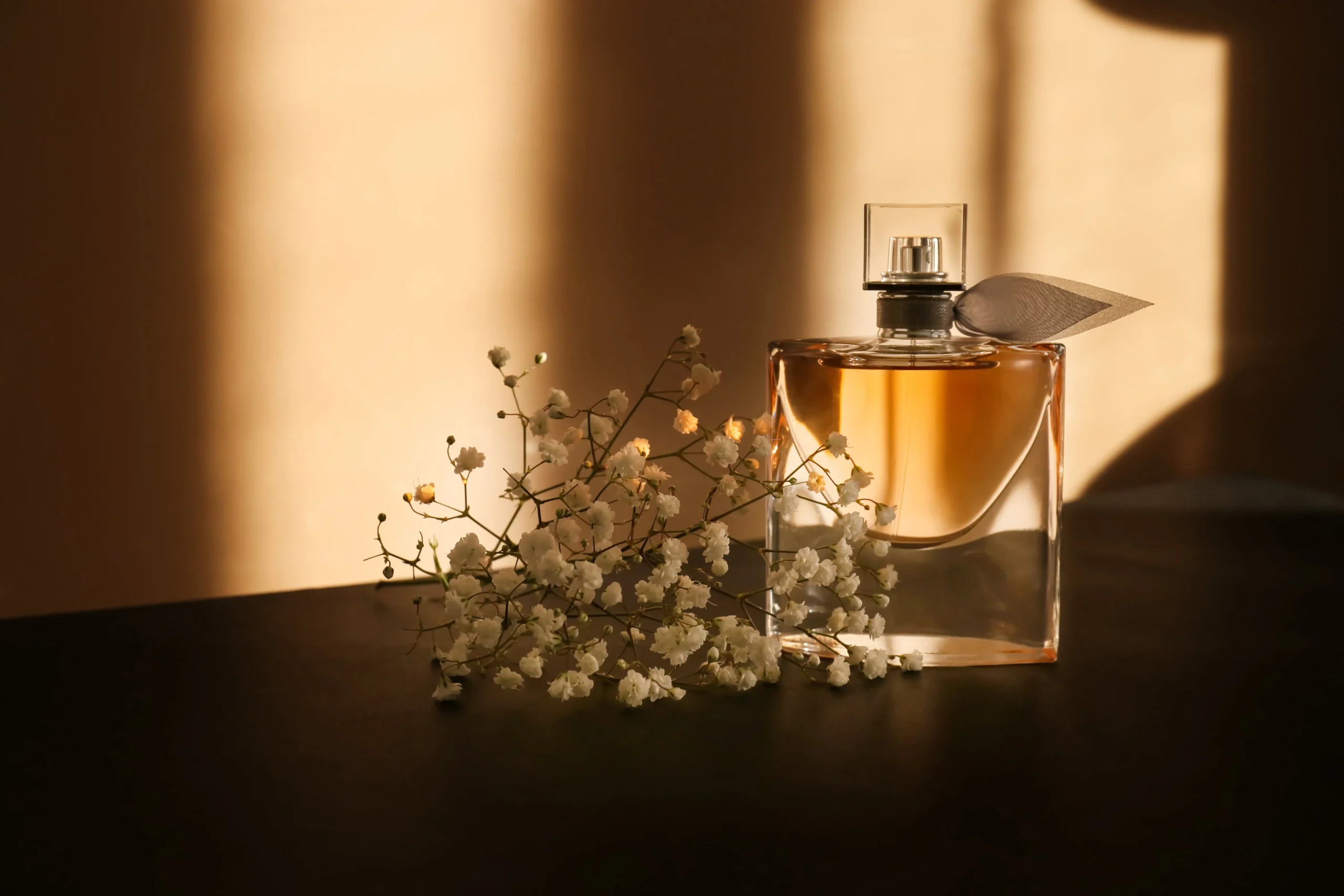Mass Flow Instruments in Fragrance Dosing

Mass flow technologies are used to measure and control flow in a remarkable variety of low‑flow liquid industrial applications — from flavor dosing in food and beverage to coloring in household detergents. While the specifics of these applications can vary significantly, the processes are united by a need for high‑accuracy, precision dosing of low‑flow liquids. Here we investigate the use of mass flow in fragrance dosing, an application responsible for the scents present all around us every single day.
How is fragrance made?
Humans are united by a curiosity for science and engineering as well as a desire to create and be surrounded by things which appeal to the senses. Even in the Bronze Age, humans were obsessed with applying scientific principles to produce pleasant smelling fragrances. In Mesopotamia around 1200 BCE, a female chemist named Tapputi created perfumes using the earliest known version of a solvent distillation process.
Extraction and distillation processes have certainly advanced, and now aromatic chemical compounds can be more precisely extracted from raw materials to produce common products like essential oils and liquid fragrances.
One common solvent extraction method utilizes organic solvents such as hexane or ethanol to submerge raw materials and dissolve aromatic compounds. An alternative method is supercritical CO2 solid‑liquid extraction, which uses a Coriolis mass flow controller to feed precise volumes of liquid and supercritical CO2 through raw materials and extract the desired compounds.
Steam distillation is another technique that involves flowing large amounts of boiling water through aromatic plant material and collecting the resultant condensation. The fragrant oils are then separated from the condensation and the remaining water is often sold, for example as rose water.
How is the extracted fragrance then used for dosing?
Fun fact
It is rumored that Queen Catherine de’ Medici of 16th‑century France orchestrated the murder of her enemy Jeanne d’Albret by deliberately adding a poisonous perfume to a pair of leather gloves. When d’Albret wore the nefarious pair of “sweet gloves”, the poison was absorbed into her skin and death followed shortly afterwards.